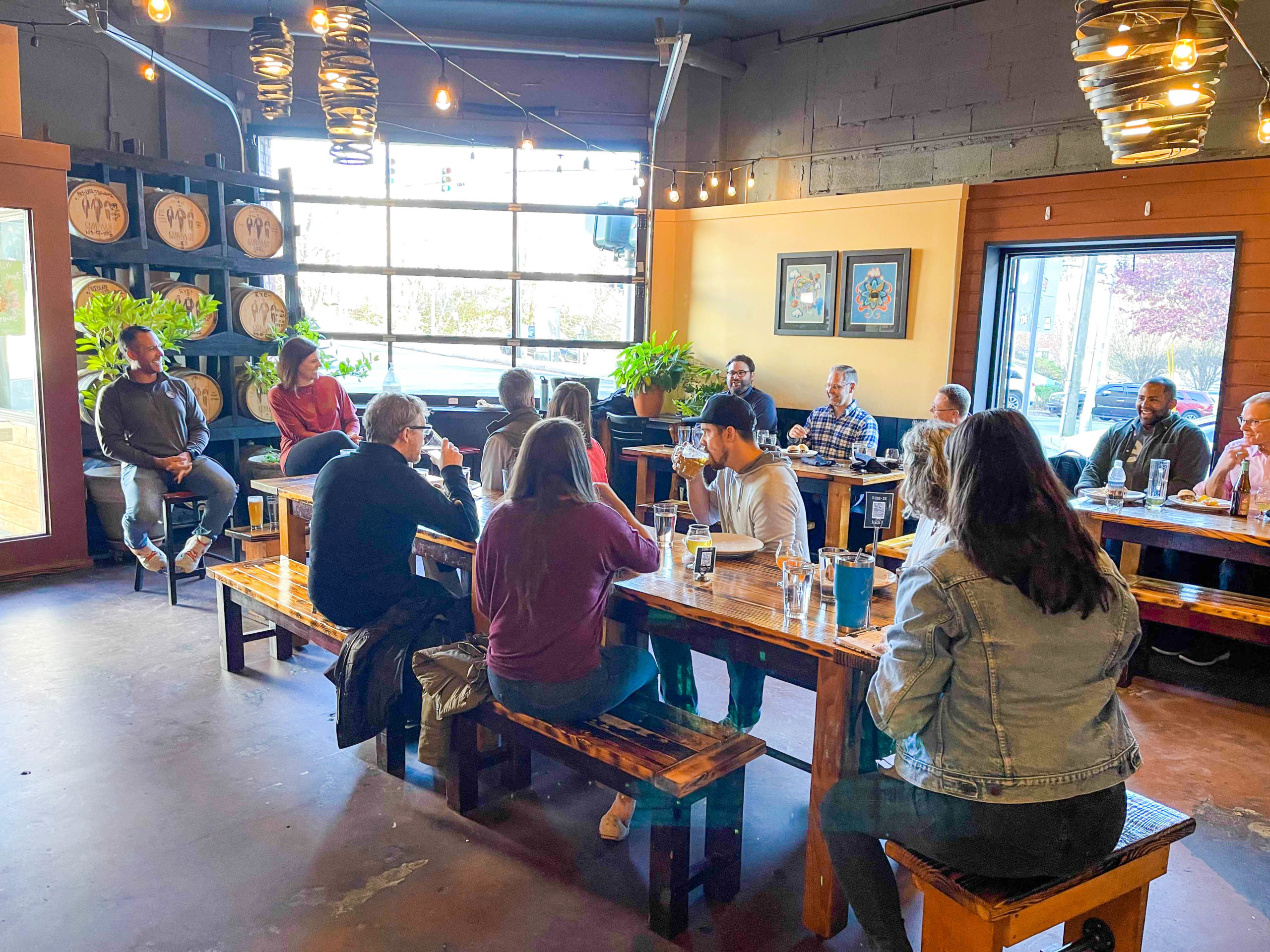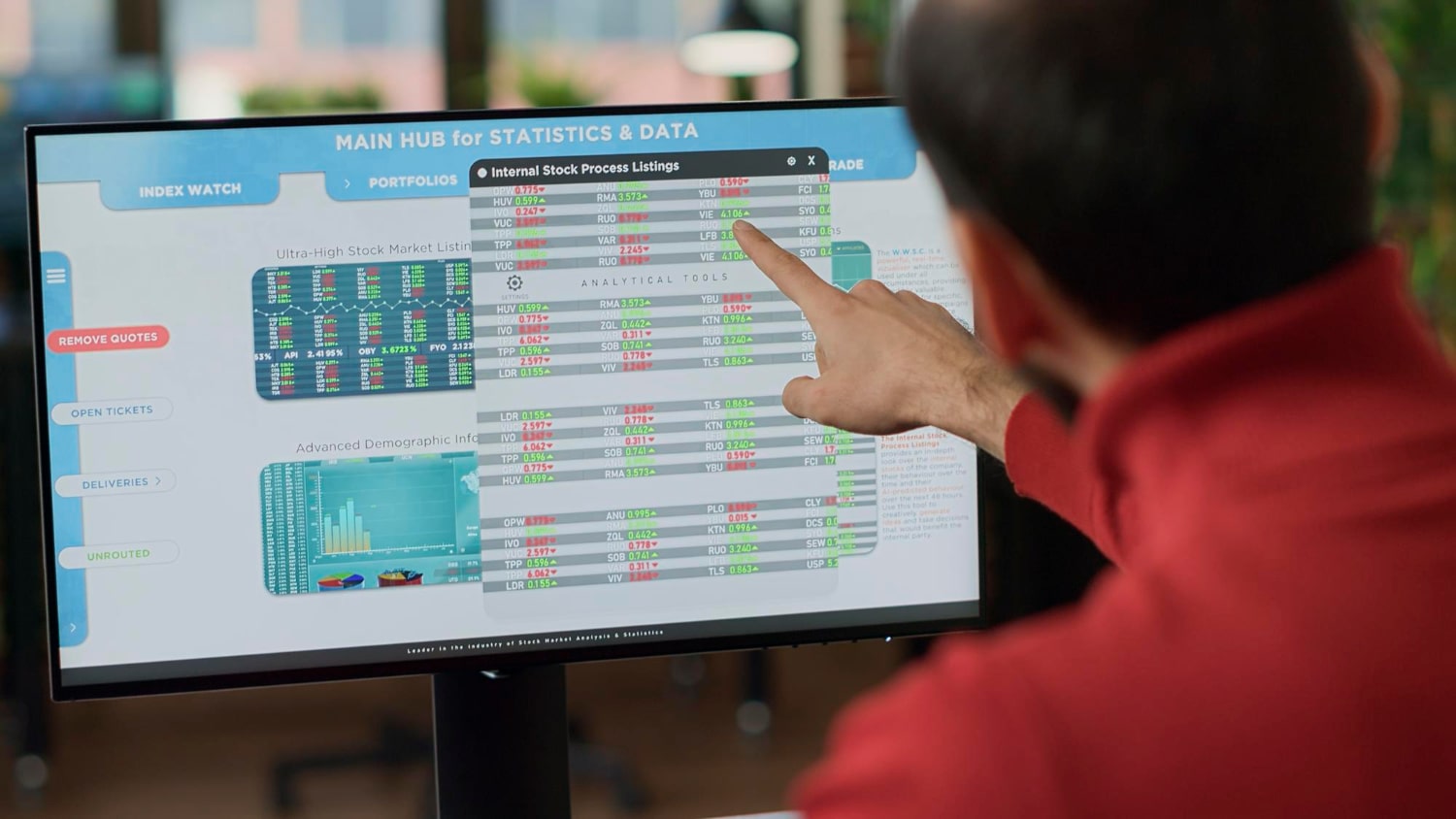The beer and cider industries have been through it over the past two years. So many changes, so much uncertainty. And just when we’ve overcome one challenge, it seems like two more pop up in its place.
We sat down with a group of brewery and cidery owners and managers to find out the biggest challenges they are facing as we transition into a new year. While some of these are newer obstacles, others are the same problems we’ve been hearing about for years.
Keep reading to find out what’s ahead for 2022 and how the right technology may be able to make some of these challenges a little easier to tackle.
Accessing Data to Make Decisions
The phrase “data-driven decisions” may be overused in a business context, but cliches are often based in truth. Data is one of the most valuable assets to a business — as long as it’s accurate and you can easily access it.
There are a lot of decisions to be made, especially as businesses are planning for a new year, and historical data can help inform the right path forward. Knowing which products sold best and which had the best margins will make it easier to create a 2022 production schedule that will maximize revenue. Having a complete record of inventory, from raw ingredients to packaging materials, will allow you to see what’s on hand and place orders in time so you never run out of what you need.
Even with the advancements and availability of technology solutions, many breweries and cideries still rely on manual record-keeping methods like notebooks and spreadsheets. This makes it difficult to compile data in a meaningful way to extract insights. If you’re tracking inventory on paper or relying on a convoluted spreadsheet to manage sales information, you’ll be flying blind when it comes to making critical decisions for the new year.
How Ekos can help: An end-to-end business management solution like Ekos provides visibility into data across the business. From available inventory to production status to sales numbers, business owners can easily pull reports and make custom dashboards to get valuable insights.
Managing Distributor Relationships
Working with distributors is necessary for breweries and cideries that want to grow. While challenges abound, success hinges on figuring out how to work within the system to get the results you want.
The first challenge: picking the right partners. As Lief Stevens from Noble Cider put it, “You meet a distributor and get a sense of whether they are going to be good or bad, but in the end you just don’t know. It’s like going on a blind date, and then you marry someone.” There is a lot of uncertainty when forging these partnerships — is your distributor going to champion your brand or sweep it under the rug? Will you get data about where your product is being sold or will you be desperate for a response?
If you do find a distribution partner who is successfully selling your product and fulfilling their obligations, there are still challenges when it comes to communication. Josie Mielke from Urban Orchard Cider Company said, “Distributors will completely run out of our product and then place a huge order for next day delivery. Then we’re blamed for not being able to fulfill the order.” Other owners shared the same sentiment and admitted to sending as much product as they could, even if they couldn’t fully meet the distributor’s request.
How Ekos can help: Ekos Order Hub, was designed to make communication between craft producers and distributors easier so you can sell more. Instead of getting a last minute email from a distributor that you can’t fulfill, the distributor can log into a digital system to view your available inventory. This can help you save up to 10 hours per week, but it also ensures that orders are only placed for what’s actually available.
Navigating Supply Chain Issues
You didn’t think we could get through a whole post without mentioning supply chain challenges, did you? This seems to be the number one concern of every craft producer we speak to. But it’s not just about shipping delays — the impact can be felt across the business.
The aluminum can shortage has been widely discussed, but even if you are lucky enough to source cans, you’re likely paying sky-high prices. And then you need somewhere to store the excess cans. As Gary Sernack, owner at Bhramari Brewing Company, put it, “Space is a problem.” Almost every craft producer we talked to said the same thing — there isn’t enough storage space to house the extra ingredients and packaging materials. David Ackley, owner of Ginger’s Revenge, said, “We are making it work right now, but we are hoping to get more space so we can store even more inventory.”
Even with the rising prices and lack of storage space, it seems there’s really only one solution to ensure that you have what you need to keep producing and packaging: over-ordering. On average, producers are ordering up to 25% more than they actually need so that they have extra on hand in case a future shipment is delayed or cancelled. If you’re not sure this is the right move, you’re not alone. Josie Mielke from Urban Orchard said, “Am I making the supply chain worse by over-buying? It’s a moral conundrum.”
How Ekos can help: The best way to know when you’re going to run out of materials and ingredients is with accurate forecasting. In Ekos, producers can view all available inventory and set reminders when stock is running low. While we can’t fix all of the complex problems with the supply chain, at least you can have an understanding of what you have on hand and be prepared to reorder before you run out.
Planning Ahead in Uncertain Times
“Strategic planning is hard because I don’t know how to plan or what will happen this year,” said Cristina Hall Ackley, cofounder of Ginger’s Revenge. “We are worried about consumer spending habits and possible price increases, so right now we are only planning for Q1.”
Other customers have echoed this sentiment. Two years into a pandemic, there are still so many variables that can impact the business. So that makes planning ahead difficult. Jocelyn Hayes, CFO at Burial Beer Co., made a 2022 strategic and financial plan but said Burial is “taking it week by week.”
With the rising cost of ingredients and packaging, many craft businesses are struggling with whether to adjust their own prices. The decision to raise prices is a big one and impacts revenue projections, distributor relationships, and even customer satisfaction. Even with so much uncertainty, many of our customers have made the decision to increase prices for this year. What’s the right price to set? There’s no magic formula, but most say it’s a mix of understanding the margins you want to maintain, looking at competitors, and then making a gut decision.
How Ekos can help: With all of your inventory and sales data in Ekos, it is easy to run reports to understand your margins, which can help with pricing decisions. You can also look at historical reports in partnership with your CFO or accountant to help set projections for 2022. There will likely need to be changes along the way, but with all of your data in one place, you have the insights you need at your fingertips.
Interested in how Ekos can help you navigate the challenges of 2022? Take a self-guided tour of our product today.




